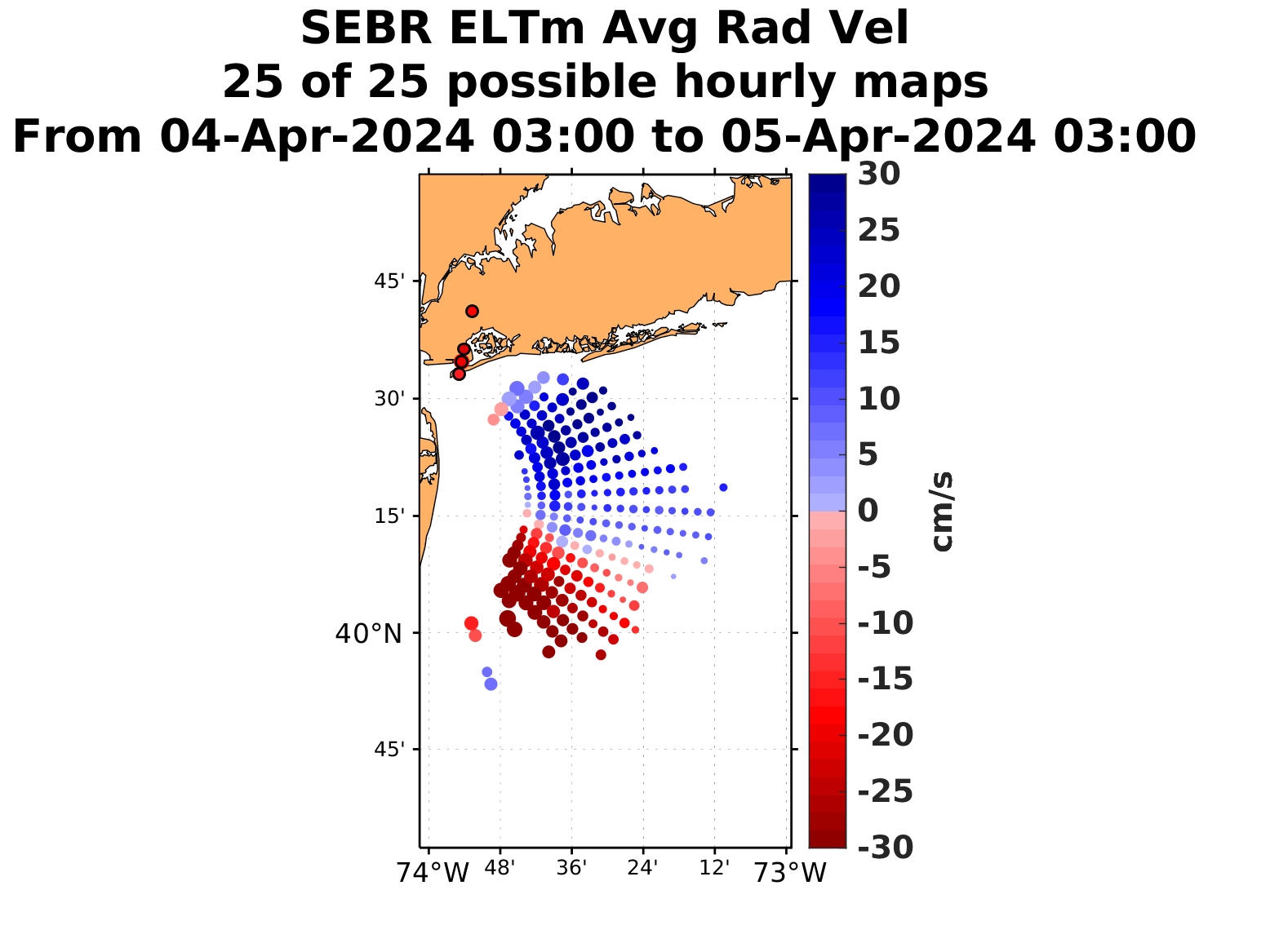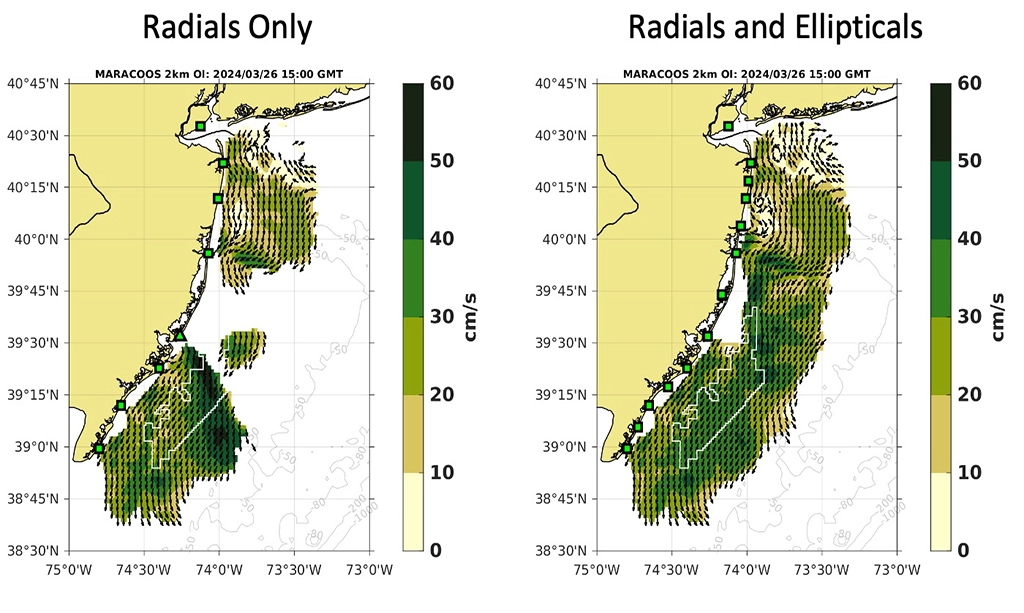Rutgers made bistatic High-Frequency radar (HFR) surface current measurements operational within their observatory last month. Bistatic measurements offer several benefits for oceanographic and coastal applications:
Increased coverage: Bistatic systems can cover larger areas compared to monostatic systems, as they use separate transmit and receive antennas, allowing for a wider coverage range.
Improved resolution: Bistatic configurations can provide higher spatial resolution, which is useful for studying small-scale oceanographic features such as eddies, fronts, and coastal currents.
Reduced clutter: Bistatic systems can help reduce clutter from unwanted reflections, such as those from the sea surface or nearby structures, resulting in cleaner current measurements.
Enhanced accuracy: By using multiple receivers, bistatic systems can improve the accuracy of current measurements, particularly in regions with complex bathymetry or near coastal areas.
Overall, bistatic HFR surface current measurements can provide a more comprehensive and detailed picture of ocean surface currents, benefiting a wide range of oceanographic and coastal research applications.





